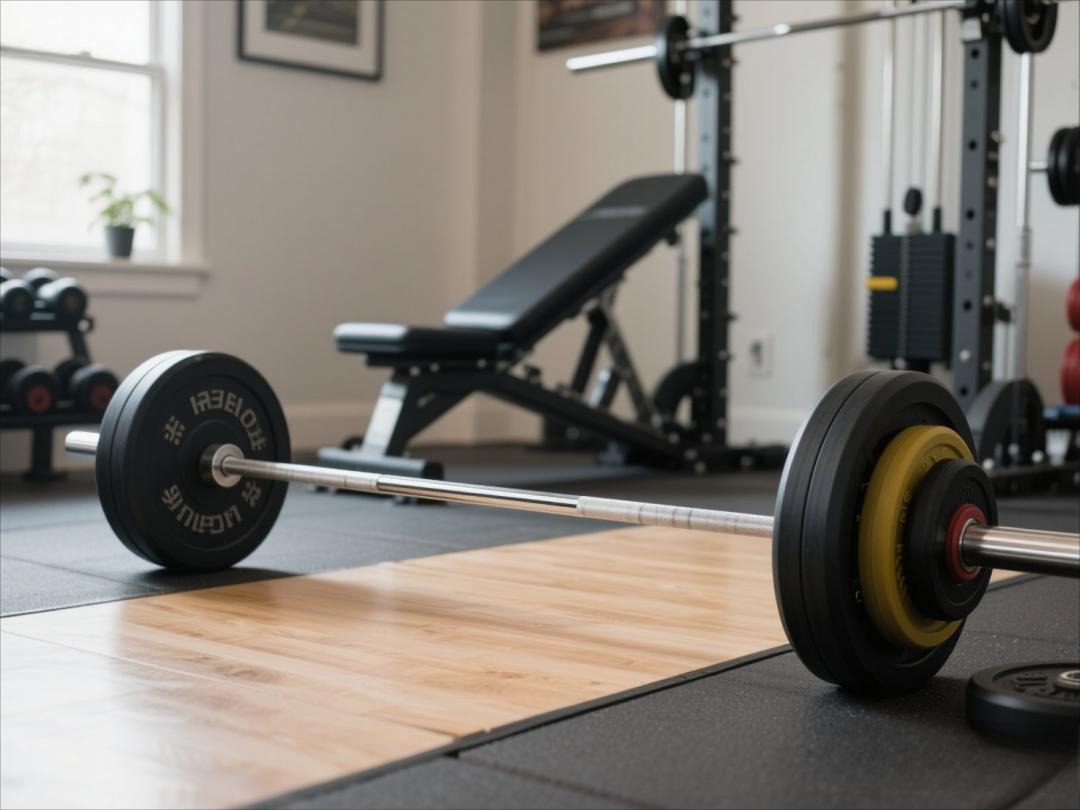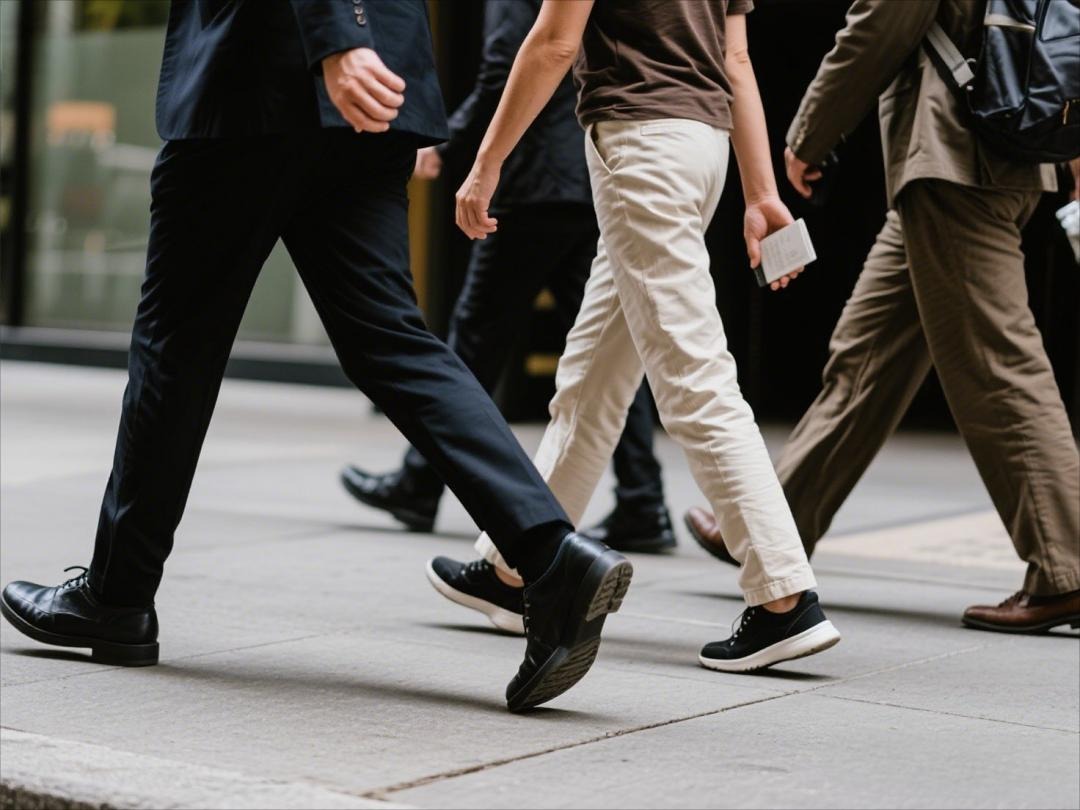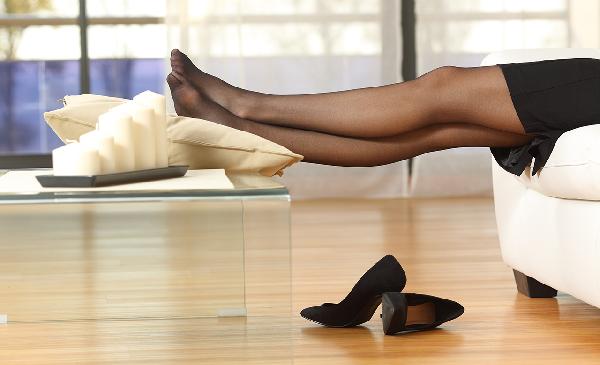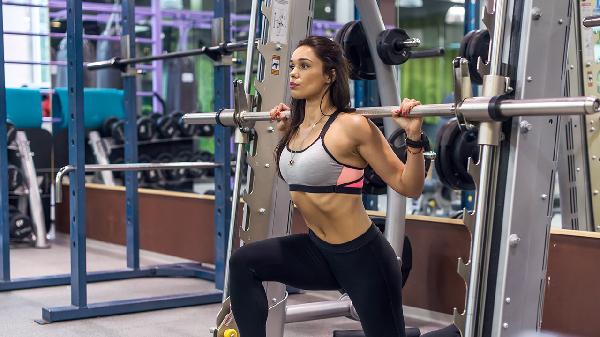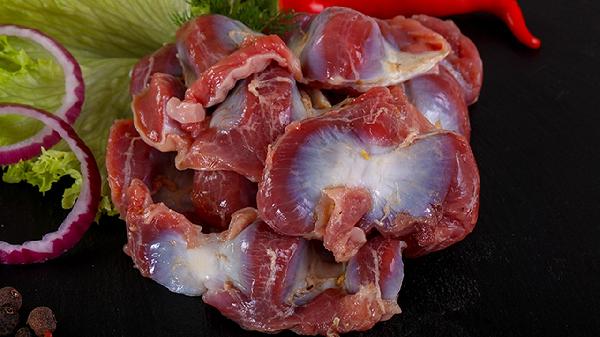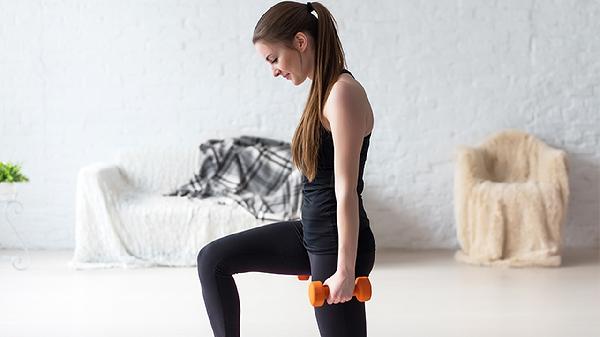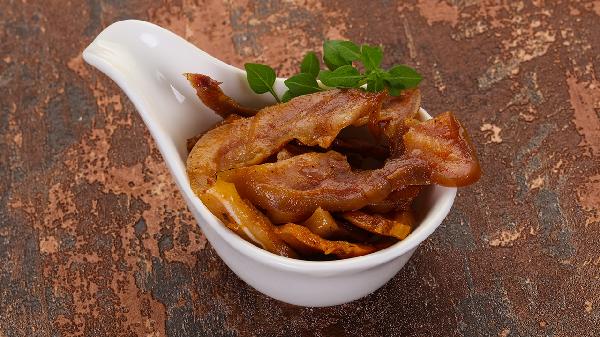If you're looking to level up your fitness game, adding weights to your lower body routine is a no-brainer. Sure, bodyweight exercises can get the job done, but throwing in some resistance takes things to the next level—especially when it comes to sculpting strong legs, glutes, and core. This workout takes familiar moves like squats and lunges and amps them up with weights, making them more challenging (and effective). But before we dive into the nitty-gritty, let’s talk about why strength training is worth your time—beyond just looking good in those jeans.
Why Strength Training Matters More Than You Think
Sure, lifting weights can help you build muscle and tone up, but the benefits go way beyond aesthetics. According to Bertha Muñoz-Lewis, a certified strength and conditioning specialist, resistance training is crucial for bone health. "Strength training builds bone density," she says, which is especially important as we age. But that’s not all—strong muscles also act as armor for your joints, tendons, and ligaments, reducing the risk of injury. Plus, weight training improves balance and coordination, making everyday movements—like carrying groceries or chasing after your dog—easier and safer. "It's imperative for women of all ages to add a true resistance training program to their workout routine," Muñoz-Lewis emphasizes. "It’s our body armor."
The Power of a Strong Lower Body
This workout targets the glutes, quads, hamstrings, and hip muscles—key players in what fitness pros call the "posterior chain." These muscles don’t just help you crush leg day; they support your body in everything from climbing stairs to sprinting after a bus. Strengthening them means better performance in sports, improved posture, and even reduced lower back pain. And let’s be real—who doesn’t want a stronger, more functional body?
Before You Start: Safety First
If you're new to lifting or have any injuries, it’s smart to check in with your doctor before jumping into this routine. Once you’re cleared, don’t skip the warm-up—five minutes of light cardio (think jogging, cycling, or jumping jacks) gets blood flowing to your muscles and preps your body for action. And if you're unsure about what weights to use, start light. It’s better to master form with lighter dumbbells than to risk injury by going too heavy too soon.
The Workout Breakdown
You’ll need dumbbells or kettlebells—adjustable options like the PS Neoprene Dumbbells or Stakt Weights are great for beginners. The workout consists of five lower-body moves (8-10 reps each), done back-to-back with no rest in between. After those, you’ll torch your core with one to three finisher moves (25-45 seconds each). Rest for a minute, then repeat the whole sequence two to three times. Here’s what’s on the menu:
Goblet Squat: The Ultimate Leg Builder
Hold a dumbbell or kettlebell close to your chest, elbows tucked in. Stand with feet shoulder-width apart, then lower into a squat, keeping your chest up and knees tracking over toes. Push through your heels to stand back up. This move fires up your quads, glutes, and core while keeping your upper body engaged.
Kettlebell Deadlift: Hinge for Strong Hamstrings
Grab a kettlebell with both hands, stand with feet hip-width apart, and hinge at the hips while keeping a slight bend in your knees. Lower the weight toward the floor, then squeeze your glutes to return to standing. This move strengthens your hamstrings and lower back—essential for preventing injuries.
Lateral Lunge: Side Steps for Strong Hips
Hold a dumbbell at chest level, step one foot wide to the side, and bend that knee while keeping the other leg straight. Push off the bent leg to return to center. This lunge variation targets your inner and outer thighs while improving hip mobility.
Step-Ups: Single-Leg Power
Using a bench or sturdy box, hold weights at your sides and step one foot up, driving through your heel to lift your body. Lower back down with control. Step-ups build unilateral strength, helping to correct muscle imbalances.
Glute Bridges: The Booty Burner
Lie on your back with knees bent and feet flat, holding a dumbbell on your hips. Lift your hips toward the ceiling, squeezing your glutes at the top, then lower slowly. This move isolates the glutes and hamstrings without straining your lower back.
Core Burner: Finish Strong
Choose one to three of these finishers to torch your abs: Dumbbell Drag from Plank Position (shifting a weight side to side while holding a plank), Mountain Climbers (quick knee drives), or Plank Jacks (jumping feet in and out while in plank). These moves engage your entire core while keeping your heart rate up.
Ready to get started? Grab those weights, warm up, and tackle this lower-body burner. Your future self—with stronger legs, better balance, and killer endurance—will thank you.
